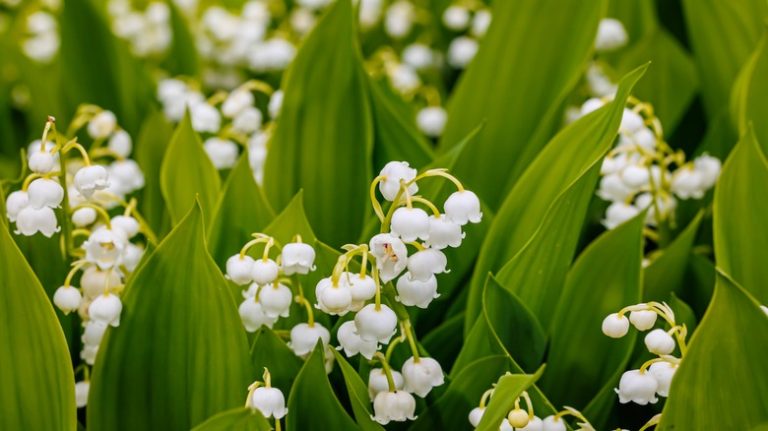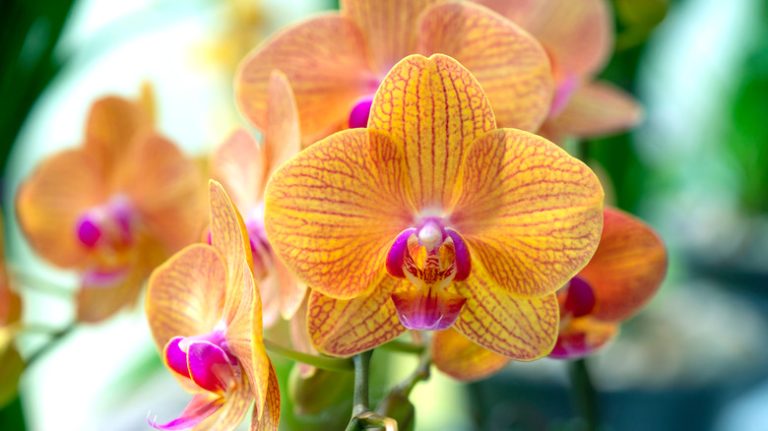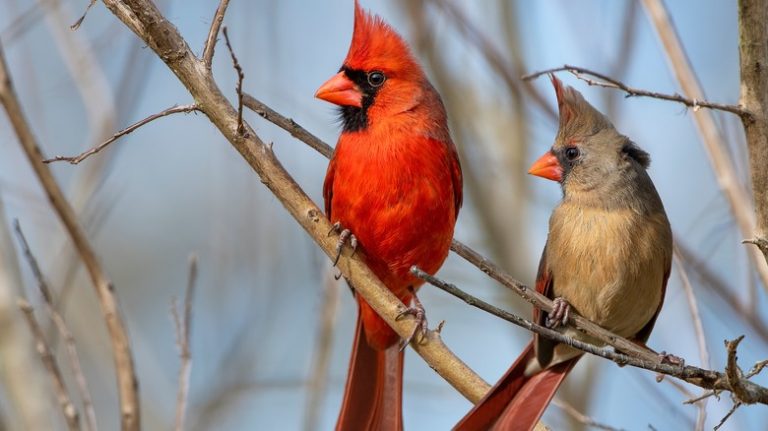Bellis perennis, also known as the lawn-daisy, is a small flowering plant that is native to Europe and North America. It is commonly found in lawns, meadows, and pastures. The flowers of the lawn-daisy are white in color and have yellow centers. They bloom from April to September and produce seeds that can be spread by the wind.
The leaves of the lawn-daisy are oval in shape and are covered in fine hairs. They grow in a rosette form, with the stem elongating as the plant matures. The stem is hairy at its most point but hairless near the base. The stems and leaves of the lawn-daisy contain a historical sap that has been used for medicinal purposes.
The lawn-daisy is a hardy plant that can withstand frost and is often used as a pest control in gardens. It is naturalized in many areas of Europe and North America and is commonly seen growing along the edges of lawns. In England, it is also known as the English daisy.
The lawn-daisy has been used for centuries as a symbol of birth and new beginnings. In fact, it is believed that the name “daisy” comes from the Old English word “daeg” which means “day,” as the flowers open during the day and close at night.
In addition to its historical and symbolic significance, the lawn-daisy is also an important plant for wildlife. Its flowers provide nectar for bees and other pollinators, and its seeds are a source of food for birds and small mammals.
In conclusion, Bellis perennis, or the lawn-daisy, is a beautiful and versatile plant that can be found in many parts of Europe and North America. Its flowers, leaves, and seeds have both historical and ecological importance, making it a welcome addition to any garden or natural habitat.
Bellis Perennis
Bellis perennis, commonly known as lawn-daisy, is a turf. This flowering plant is native to Europe and has been naturalized in North America. It is widely found in England, Massachusetts, and other parts of America.
The characteristics of Bellis perennis include oval-shaped, hairless leaves that are hairy on the edges. The stems are mostly hairless and can grow between 5 and 20 centimeters in length. The flowers of Bellis perennis can be seen in bloom from April to frost.
The historical facts about Bellis perennis reveal that it was introduced to New England by Thomas Goodspeed and Company in the 1600s. The plant has since spread and established itself in various habitats.
Bellis perennis reproduces through seeds. The seedlings can shoot up from the stem, and the flowers form fruits. The daisies produce seeds that can live for several years.
In terms of pest control, Bellis perennis is well-known for its ability to repel pests. The daisy’s sap, covered with glands, acts as a protective barrier against insects.
In conclusion, Bellis perennis, also known as lawn-daisy, is a common and widely distributed plant in Europe and North America. Its characteristics, such as hairless stems and hairy-edged leaves, make it easily identifiable. The plant’s ability to self-seed and its pest-repelling properties make it a popular choice for lawns and gardens.
Bellis perennis – lawn-daisy
The lawn-daisy, also known as Bellis perennis, belongs to the daisy family. It is a small perennial plant that can grow up to 20 centimeters in height. The stems of this plant are branching and can form dense clumps. The daisy flowers can be seen from April to November, and they are characterized by their white petals with a yellow center.
The leaves of the lawn-daisy are oval in shape and have toothed edges. They are hairless and can be found in a basal rosette, which means they grow in a cluster from the base of the stem. The plant reproduces both by seeds and by rooting at the nodes of its stems.
Bellis perennis is native to Europe and has been naturalized in many other parts of the world, including North America. It is commonly found in lawns and other turf areas, hence its name “lawn-daisy”. It can tolerate mowing and is quite resistant to foot traffic, making it a good choice for lawns.
In England, the lawn-daisy has a long history and is often associated with the English countryside. It is said to have medicinal properties and was used by Thomas Tusser in his book “Five Hundred Points of Good Husbandry”. The sap of the plant was believed to have healing properties for wounds and cuts.
The lawn-daisy flowers are also known to attract bees and butterflies, making them beneficial for pollination. The flowers produce seeds that can germinate and grow into new plants. The plants can live for many years and are known to tolerate frost well, hence their ability to bloom even between the cold months.
In Massachusetts, Bellis perennis is considered an invasive species and a pest in turf areas. Its growth can outcompete grass and other desired plants, resulting in a decrease in turf quality. Efforts are being made to control its spread and prevent its establishment in new areas.
In conclusion, the lawn-daisy, or Bellis perennis, is a small perennial plant with white daisy flowers. It is native to Europe but has been naturalized in many other parts of the world, including North America. It can be found in lawns and turf areas, and it has a long history in England. While it has some positive characteristics, it can also be considered a pest in certain areas.
New England distribution
Bellis perennis, also known as lawn-daisy, is a common European daisy. It has naturalized in North America, including parts of New England. The plants can be found between Massachusetts and Maine, mostly in good turf areas. They are often seen in lawns and can form a dense mat of foliage.
The leaves of Bellis perennis are oval-shaped and hairless. The mature leaves have toothed edges and are covered in small hairs. The stems of the plant are elongated and white in color. In April, the plants bloom with small white flowers that have yellow centers.
Bellis perennis reproduces by both seeds and shoots. The flowers produce seeds that are dispersed by wind, water, or by attaching to animals or clothing. The seeds can remain dormant in the soil for many years before germinating. The plants also spread by sending out runners, which form new shoots and roots.
In New England, Bellis perennis is not considered a pest and is often welcomed in lawns. Its historical presence in the region can be traced back to the company of European colonizers. The daisy was brought over from Europe as a decorative plant and quickly naturalized in the new environment.
Overall, Bellis perennis is a hardy plant that can tolerate frost and adapts well to different soil conditions. It is a common sight in New England and adds a touch of white to the landscape during its bloom period in April.
North America distribution
The Bellis perennis is a well-known plant in North America, commonly referred to as the lawn-daisy. Originally native to Europe, the plant has naturalized in many parts of North America, where it can be found in abundance.
The plant is typically found in turf grasses, lawns, meadows, and other open spaces. Its oval-shaped leaves are covered in fine white hairs, giving them a hairy appearance. The stem of the plant is hairless and elongate, reaching a length of up to 15 centimeters.
The lawn-daisy flowers between April and September, producing small white flowers with yellow centers. These flowers are commonly seen in large numbers, forming a mass bloom that adds a beautiful touch to the landscape.
Bellis perennis reproduces through seeds. The stem of the plant produces small fruits that contain the seeds. The seeds are dispersed through the wind or carried by animals, allowing the plant to spread over a wide area.
In North America, the lawn-daisy is considered a pest in some areas. Its rapid growth and ability to quickly cover large areas can be detrimental to other plant species. However, its historical association with English gardens and its attractive flowers make it a popular choice in many landscapes.
The plant has a good tolerance for cold weather and can survive frost. Its deep root system allows it to withstand dry periods, making it well-adapted to the North American climate.
In summary, Bellis perennis, or the lawn-daisy, is a common plant found throughout North America. Its distribution spans between Canada and the United States, with Massachusetts being a notable place where the plant is frequently found. Its ability to adapt to various habitats, rapid reproduction, and attractive flowers make it a popular choice for many gardeners and landscapers in North America.
Facts
Distribution: Bellis perennis, commonly known as lawn-daisy, is native to Europe and can be found in many countries across the continent. It has also been naturalized in North America.
Habitat: Lawn-daisies prefer to grow in turf and are commonly seen in grassy areas such as lawns, meadows, and fields.
Characteristics: The mature plant usually reaches a height between 4 and 8 inches. It has elongate oval leaves that are covered in tiny hairs, giving them a slightly hairy appearance. The stems of the plant are also hairy and branch out at the top. The flowers have white petals surrounding a yellow center and bloom from April to over the summer months.
Reproduction: Bellis perennis reproduces through seeds. After the flowers bloom, they develop into small fruits containing the seeds. The seeds are dispersed through various means, such as wind, animals, or human activities.
Historical Facts: Lawn-daisies have a long history of being appreciated for their beauty. They have been cultivated in gardens since ancient times and were highly regarded by the Romans. In the 16th century, Thomas Bell invented a new form of the daisy and named it Bellis perennis in honor of his discovery.
Pest Facts: Lawn-daisies are generally considered to be pest-free plants. They are resistant to frost and well-adapted to grow in various climates.
Habitat
The lawn-daisy, also known as Bellis perennis, is a species that is most commonly found in Europe, particularly in England. It is a perennial plant that can be seen in a variety of habitats, but is most often found in lawns, meadows, and pastures. This plant can tolerate a wide range of soil types and pH levels, making it adaptable to different environments.
Lawn-daisies are considered pests by some due to their ability to quickly establish themselves and overtake lawns and gardens. They have a fibrous root system, with a taproot that can extend deep into the soil. The leaves of the lawn-daisy are oval in shape and have a hairy texture, which helps to protect them from drying out. The edges of the leaves are often covered in small glands where sap is secreted.
In the spring, lawn-daisies produce flowers on elongated stems. The flowers are white and resemble a typical daisy, with a yellow center and petals that radiate outward. After flowering, the lawn-daisies produce fruits that contain seeds, which are dispersed by the wind. The plant also has the ability to reproduce vegetatively through its stems, allowing it to quickly spread and colonize new areas.
Lawn-daisies are hardy plants that can withstand frost and cold temperatures. They are able to survive harsh winters and begin growing again in the spring. In England, lawn-daisies typically bloom from April to September, with their peak bloom occurring in May. In North America, they are often found in lawns and meadows in the northeastern region, where they were introduced and have naturalized.
Thomas Jefferson, the third president of the United States, was known to have cultivated lawn-daisies at his home in Monticello, Virginia. He planted them in his garden and admired their simple beauty. Today, lawn-daisies can be found in many lawns and gardens across North America, where they add a touch of charm and color to the landscape.
- The lawn-daisy is a European species, most often found in England.
- It is a perennial plant that can be seen in lawns, meadows, and pastures.
- Lawn-daisies can tolerate a wide range of soil types and pH levels.
- They are considered pests by some due to their rapid growth.
- The leaves of lawn-daisies are oval and hairy.
- They produce white flowers with yellow centers.
- The flowers are followed by fruits containing seeds.
- Lawn-daisies can survive frost and cold temperatures.
- They bloom from April to September in England.
- Thomas Jefferson cultivated lawn-daisies at his home in Virginia.



